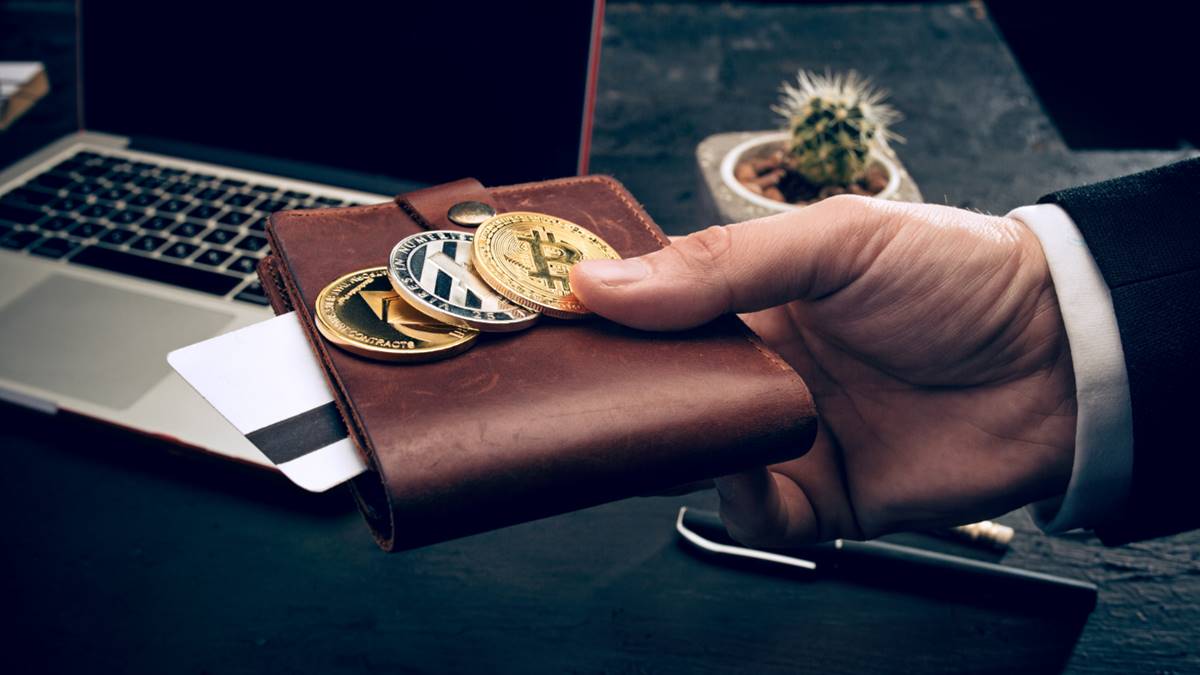Cryptocurrency is no longer just an investment or a speculative asset—it’s increasingly being used for everyday purchases. Whether you want to pay for coffee, online shopping, or even travel, crypto adoption is growing. But how can you buy and use digital currencies in your daily life? This guide will walk you through the process step by step.
1. Buying Cryptocurrency: The Basics
To start using crypto for everyday expenses, you first need to buy it. Here’s how:
Choose a Crypto Exchange
Select a reputable exchange where you can buy cryptocurrency with traditional currency (fiat money). Popular exchanges include:
- Binance
- Coinbase
- Kraken
- Crypto.com
Create an Account & Verify Your Identity
Most exchanges require identity verification (KYC – Know Your Customer) to comply with regulations. This usually involves submitting a photo ID and proof of address.
Select Your Cryptocurrency
For everyday spending, stablecoins like USDT (Tether) or widely accepted coins like Bitcoin (BTC) and Ethereum (ETH) are popular choices. Some merchants also accept Litecoin (LTC) and Bitcoin Cash (BCH) due to lower transaction fees.
Make a Purchase
Once your account is set up, deposit funds (bank transfer, credit card, or PayPal) and buy your chosen cryptocurrency.
2. Storing Your Crypto: Wallets for Daily Use
After purchasing crypto, you need a secure place to store and manage it.
- Mobile Wallets (for daily transactions): Apps like Trust Wallet, Coinbase Wallet, or MetaMask offer convenience.
- Hardware Wallets (for long-term storage): Devices like Ledger and Trezor provide high security for large holdings.
For everyday spending, a mobile wallet is the best option as it allows quick access and transactions.
3. Using Cryptocurrency for Everyday Purchases
Now that you own cryptocurrency, here’s how you can use it in daily life:
1. Paying with Crypto at Physical Stores
Many merchants, restaurants, and coffee shops now accept crypto payments. Look for stores that accept Bitcoin Lightning Network or use crypto-friendly payment terminals like BitPay.
2. Online Shopping
Major companies and e-commerce platforms are integrating cryptocurrency payments. Some options include:
- Microsoft – Accepts Bitcoin for some services
- Newegg – Crypto payments for electronics
- Overstock – A pioneer in Bitcoin shopping
- Travala – Pay for flights and hotels with crypto
Additionally, PayPal allows US customers to pay with Bitcoin, Ethereum, Litecoin, and Bitcoin Cash at millions of merchants worldwide.
3. Crypto Debit Cards
Crypto debit cards allow you to spend cryptocurrency just like a regular bank card. Providers like Crypto.com, Binance Card, and Wirex offer Visa or Mastercard-backed crypto debit cards that instantly convert your crypto to fiat when making purchases.
4. Peer-to-Peer Transactions
You can send crypto directly to friends, family, or businesses that accept it. Some freelancers and service providers now accept Bitcoin or Ethereum as payment.
4. Managing Crypto Transactions & Taxes
- Transaction Fees: Be aware of blockchain fees, which vary depending on network congestion.
- Tax Implications: In many countries, spending crypto may be considered a taxable event. Keep track of transactions using tools like CoinTracking or Koinly to report taxes accurately.
5. Future of Crypto Payments
As adoption grows, cryptocurrency will continue to become more integrated into daily life. With innovations like Lightning Network, stablecoins, and crypto-friendly financial services, using digital assets for everyday expenses is becoming easier and more practical.
By following these steps, you can seamlessly incorporate cryptocurrency into your daily spending and take advantage of the future of digital payments!
Source: https://cryptomagazin.hu/hogyan-vasarolj-es-hasznalj-kriptovalutat-hetkoznapi-kiadashozek/
You can read more interesting articles in the business category in the cryptomagazin.hu online crypto magazine.
